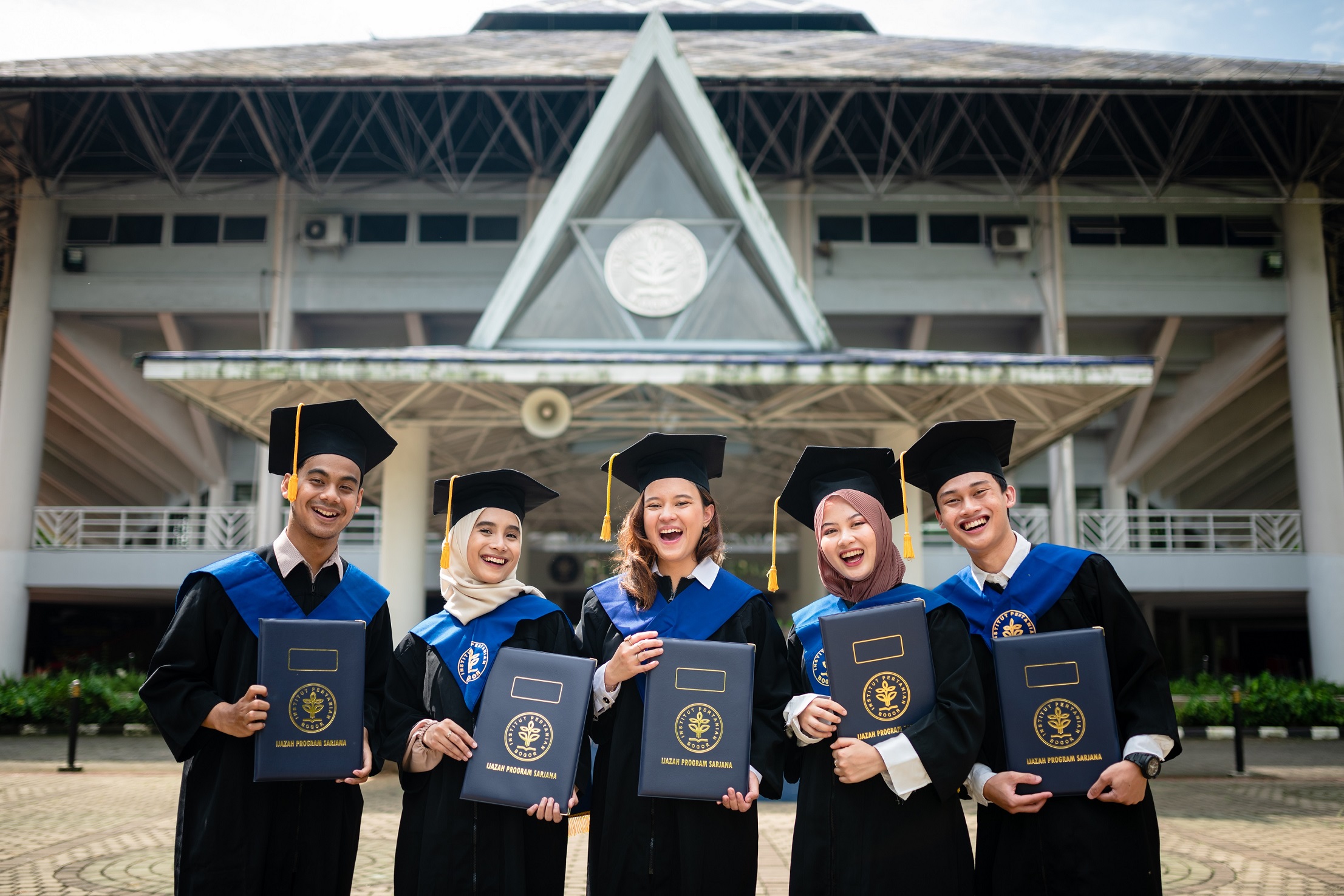Professor of IPB: Fish Quality in Pelabuhan Ratu was Better than Fish in Jakarta Bay

Fish had the ability to perform the biotransformation, the bioaccumulation and the detoxification to lower the degree of toxicity of the xenobiotics (drugs, toxicant, steroid, carcinogen, mutagen, antigen, hormone and vitamin). But the fish were also capable of forming the metabolites which were more reactive, mutagenic, carcinogenic and highly toxic. The xenobiotics would affect the productivity of fisheries, the ecosystem health, the food safety and the biomedical.
Professor of Faculty of Fisheries and Marine Science, Bogor Agricultural University (FPIK of IPB), Prof. Dr. Djamar T.F. Lumban Batu, conveyed, the organ that could protect the body of the fish from the xenobiotics was liver. In the liver, the enzyme which was easily detectable during the process of the biotransformation was the cytochrome of p-450 (cyt-p450). The content of cyt p-450 in the liver could be used to detect the content of the pollutants in the environment. Prof Djamar conveyed that on the press conference of the pre oration, Thursday (26/5) in Campus of IPB Baranangsiang Bogor.
During the past ten years, Prof. Djamar conducted the researches based on the concept of “drug-metabolizing enzyme activities” at the sub-cellular level. This method was capable of detecting the environmental contaminants through the determination of the enzyme activity in the sub-cellular level with a sensitivity level until pmol (pico mol) which was unacceptable using the conventional method.
“One of the results of our research proves that the content of cyt p-450 on the snapper and the mackerel in the Waters of Jakarta Bay is higher of 46 percent than in the Waters of Pelabuhan Ratu. This means that the quality of the fish in Pelabuhan Ratu is better than the fish in Jakarta Bay,” he said.
Meanwhile, for the prevention and the treatment of infectious diseases in the fish, various types of antibiotics had been widely used in the aquaculture. Antibiotic residues in the fish’s body that we needed to be alert, because that would be carcinogenic for the human consumption.
The results of research on the biotransformation of pesticides in the shrimp could be known the formation of metabolites as well as the cross-factoring metabolic and the metabolite of “oxon type”. The activity of the enzyme of Acetyl Choline Esterase (AcChE) decreased to zero at synaps, so the sending of nerve impulses stalled and this was the cause of the death of the shrimp. The high oxidative desulfurase enzyme activity in the shrimp was able to convert the fenitrothion (FS) into phenytoin (FO).
“This FO have the toxicity properties of 20 thousand fold compared to FS. To resolve this issue, we find the chemical of Piperonyl butoxide (PB) which is able to inhibit the formation of FO. PB is able to stop the oxidative desulfurase enzyme activity, so it is not formed the FO. PB also activates the enzyme of AcChE constantly upto 100 percent. Meaning, PB is effective to prevent the dealth of the shrimp in the pond,” he said.(zul)



